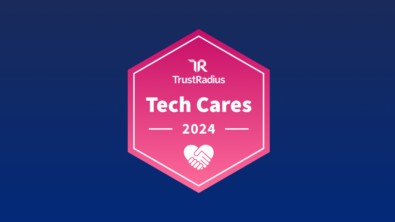So do we really have to wait until 2011?
Web strategist Jeremiah Owyang (with Forrester) posted today on the results of a recent Forrester study that classified the future of the social web into 5 eras:
1) Era of Social Relationships: People connect to others and share
2) Era of Social Functionality: Social networks become like operating system
3) Era of Social Colonization: Every experience can now be social
4) Era of Social Context: Personalized and accurate content
5) Era of Social Commerce: Communities define future products and services
That’s a pretty good analysis, especially since I just heard that the smart guys that got invited to the Social Foo Camp spent some of their quality time talking about the inverse of / enabler of the second era (i.e. how to make a social operating system). What I am left wondering though is do we really have to wait until 2011 until we get to developers and users partying together? The blog post previously reference is from 2005, so clearly the idea has been out there for a while. I’ve written on my personal blog for the past two years on the concept of social production: applying the principles and working models used for many years to develop open source software to physical products like consumer electronics and even automobiles. There are numerous examples that exist today of products and product development processes that are built by the crowd. So communities are starting to build their own products already. So what does Forrester mean exactly?
One of two things comes to mind: either they mean that the practice will become widespread or they mean that it will be enabled by the outputs of the second era – the social operating system. In all likelihood they probably meant both since the widespread use of social production models will be enabled by the widespread availability of a social operating system. And no, we’re not talking about a dos prompt for the web. The social operating system will be built on the concept of the social graph. The device will be aware of your networks and present all information to you in the context of appropriate subset of those networks. Your in process and final work products will be shared amongst those networks. Most of these ideas are pretty familiar to most manufacturers today when the definition of the network includes people within the company and the supply chain. But what about when it includes customers? Even competitors? After all, how many of you have customers and competitors in your facebook or twitter groups?
As always, Forrester has got me thinking…but I’m interested to hear from you: what does a social production product development operating system look like for you?


